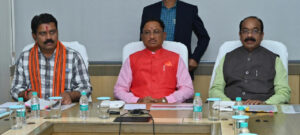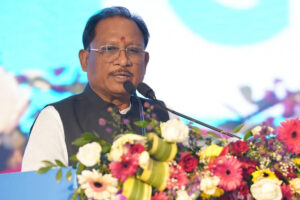Raipur, June 05, 2025: Chhattisgarh government has started a comprehensive process of rationalisation of teachers under the National Education Policy 2020 and the Right to Education Act 2009, so that a new balance of availability of teachers and quality of education can be established in schools struggling with a shortage of teachers in remote, tribal and rural areas for a long time.
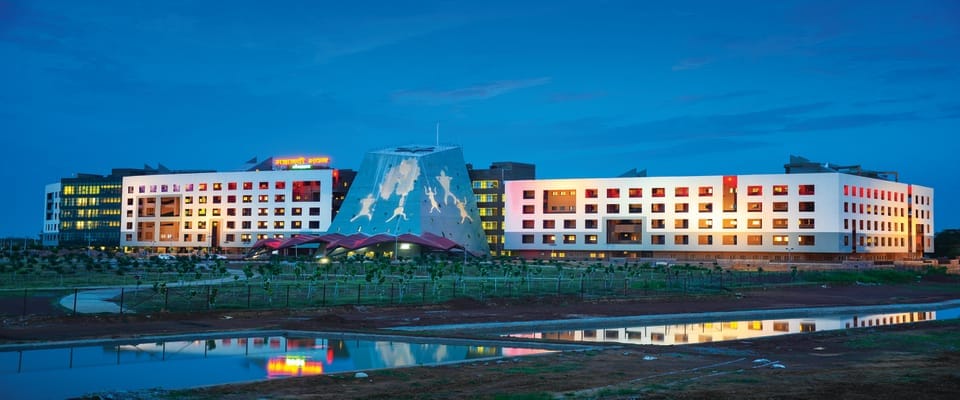
With the aim of improving the quality of education in Chhattisgarh and providing better education to every student, the state government has started a comprehensive and effective process of rationalisation of teachers.
The state BJP government has expressed hope that this initiative will establish a new balance of availability of teachers and quality of education in schools struggling with a shortage of teachers in remote, tribal and rural areas for a long time.
Chief Minister Vishnu Dev Sai said that the purpose of rationalisation is to improve the quality of education in urban and rural areas.

Keeping this in mind, rational adjustment of schools and teachers is being done. Where the need is more, better utilisation of teachers should be ensured there. Those schools, which are unable to provide proper education due to less number of students, are being adjusted with good schools nearby, so that children can get better environment, resources and equal opportunity to study, he said.
The Chief Minister said that rationalisation will improve the level of education and every child will get good and quality education. This initiative will make the education system of the state more strong and balanced.
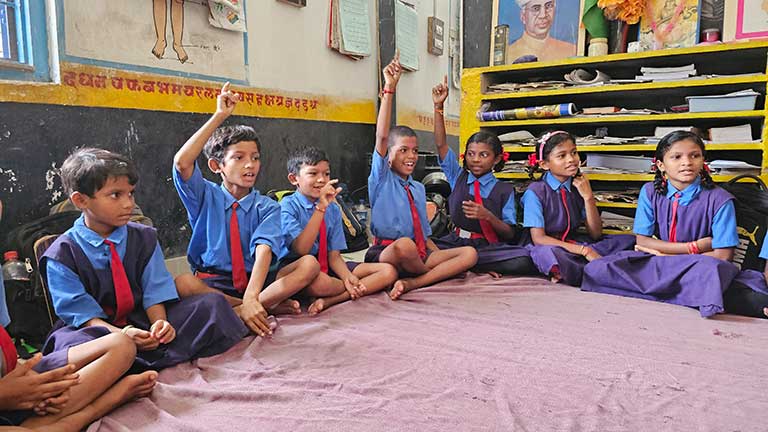
In many schools in Dharsiwa block of Raipur district, teachers are posted more than the number of students. In Nayapara Girl School, 7 teachers are posted for 33 girl students and in Ravigram, 8 teachers are posted for 82 students.
Through rationalisation, these teachers will be posted in schools where there is need, so that along with maintaining the balance of teacher and student ratio, availability of teachers for teaching children of remote areas will also be ensured, officials said.
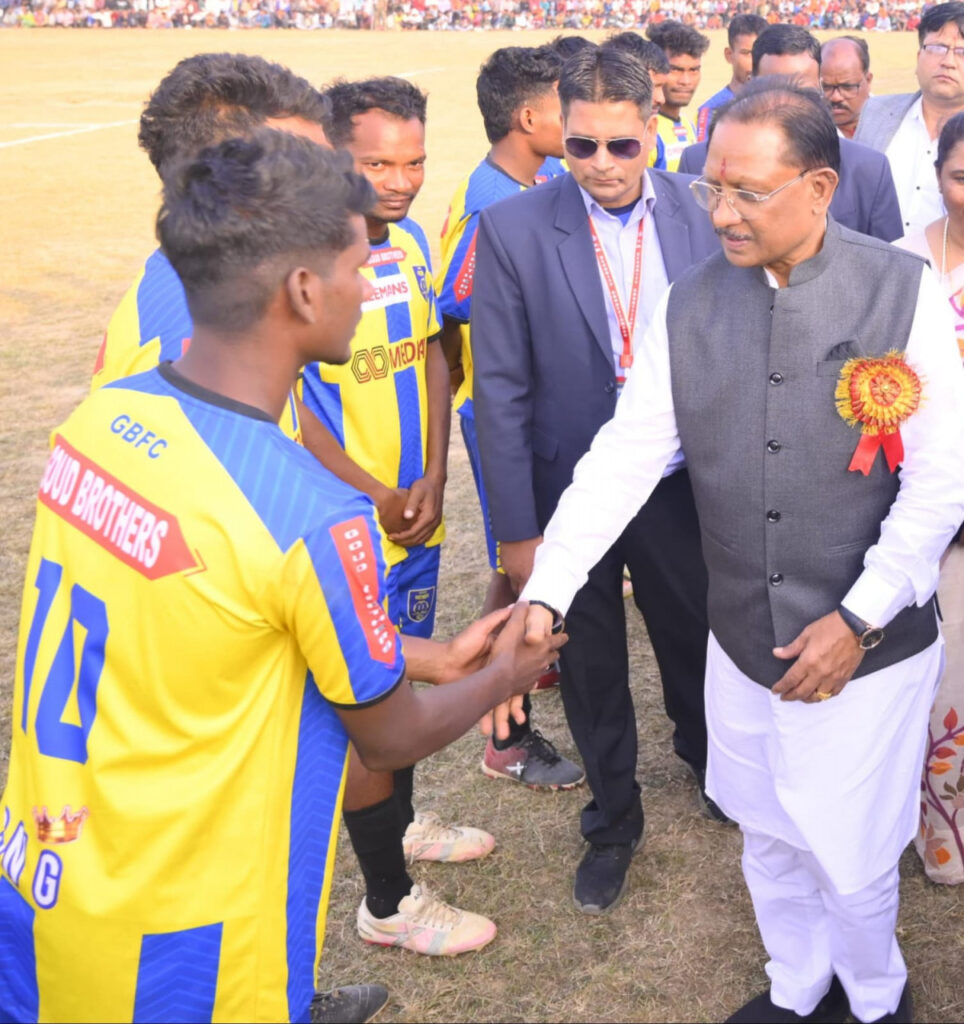
Now at least two and three teachers have been posted in all the primary and middle schools of Korba district. 287 assistant teachers, 147 secondary teachers and 75 teachers have been posted in schools through counselling where teachers were needed. This will improve the quality of education in schools which have been teacherless for years in remote areas like Podi Uparoda, Pali, Kartala, and Katghora. Expert teachers of subjects like Mathematics and Science will be available in schools.
Similarly, due to imbalance in the posting of teachers, the exam results of rural schools in Rajnandgaon and Durg districts have adversely affected.
There are only 3 lecturers for 103 students in Ghotiya school of Rajnandgaon, while the exam results of schools like Murmuda, Silitara and Birejhar in Durg are getting affected due to lack of sufficient number of teachers. On the contrary, in urban schools, teachers are posted in excess of the requirement. This inequality is now being removed through rationalisation.
A total of 1611 schools are being rationalised in seven districts of Bastar division, namely Bastar, Bijapur, Kondagaon, Narayanpur, Dantewada, Kanker and Sukma. This will ensure proper distribution of educational resources, availability of facilities like library, laboratory, computer, sports material. Also, by integrating schools operating in the same campus, there will be savings in administrative expenses.
More or less this situation was found in Korea district, due to which 81 assistant teachers, 33 teachers and 7 other teachers were posted in such schools where teachers were needed.
Officials said that the process of rationalisation in the districts is being conducted in a completely transparent manner and surplus teachers are being posted in schools of their choice through counseling.
In Sarguja district also, through rationalisation, 283 assistant teachers have been sent to those schools where teachers were needed.
In Janjgir district, the counselling process of 18 head teachers, 196 teachers and 436 assistant teachers was completed on the basis of transparency and seniority system. The selected teachers have also been given posting orders immediately.
This policy of teacher rationalisation in Chhattisgarh is not only removing educational inequalities, but also a strong and far-sighted step towards providing equal and quality education to every student.
More Stories
Attack on Senior PR Dept Official in Office; people condemned the incident
In a serious incident, couple of people today attacked a senior Public Relations official of the Chhattisgarh Government when he was performing his duty at Samvad.
Sushma Sawant New Principal Secretary Law of Chhattisgarh
Chhattisgarh Government today appointed Sushma Sawant as the new Principal Secretary Law and Legislative Affairs.
Farmer registration on Agristack portal mandatory for paddy procurement; Registration open till October 31
Chhattisgarh government today clarified that registration on the Agristack portal is mandatory for farmers to purchase paddy at the support price in the Kharif marketing year 2025-26.
3-Day programme in districts on Chhattisgarh Foundation Day; With theme of 25 Years of Development Journey
The Chhattisgarh government has decided to organise three-day programmes in all district headquarters on the occasion of Silver Jubilee function of the Chhattisgarh Foundation Day, similar to last year.
Chief Minister Sai discusses ISRO scientists to enhance Chhattisgarh’s participation in ISRO’s journey
Chhattisgarh Chief Minister Vishnu Dev Sai said today that his government is encouraging innovation and technical education so that the state’s youth can develop an interest in space science and actively participate in the country’s space missions.
Workshop to ensure responsible digital governance and effective content management
The Ministry of Electronics and Information Technology (MeitY) today organised a workshop on Management of Information on Intermediary Platforms at New Delhi to sensitise participants on key provisions of the IT Act, 2000, and IT Rules, 2021, particularly Sections 69A and 79(3)(b), and Rule 3(1)(d), and to promote a clear understanding of their application in ensuring responsible digital governance and effective content management.

